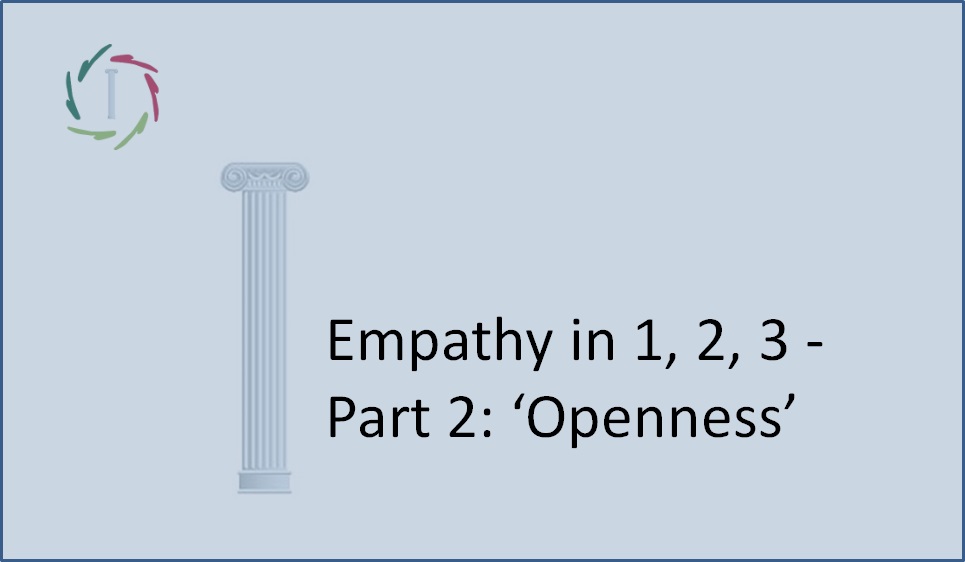29. Chronic Functional Pain: All for One?

Different functional pain syndromes have more similarities than differences.
Chronic functional pain as one syndrome
The following quote is from Mayer & Bushnell, editors of ‘Functional Pain Syndromes’, 2009, from their word for this Yearbook, published by the ‘International Association for the Study of Pain’ (possibly the most scientifically renowned Association of the world that deals with the study of pain): “There are legitimate historical reasons for each of the listed stakeholders to view individual [pain] syndromes as unique, separate disorders: for medical and surgical subspecialties, affected patients make up a significant portion of their practices and procedures; for patient advocacy organizations, the legitimization of symptoms as real (rather than imagined or psychological) requires the assignment of individual syndromes into medical and surgical (rather than psychiatric and psychological) subspecialties. Political pressure exerted by patient advocacy organizations on the leadership of different divisions of the U.S. National Institutes of Health and other research funding organizations has resulted into the silo model of research funding… Nevertheless, the striking failure to develop novel and cost-effective treatments, together with emerging breakthroughs in the neurobiological understanding of these complex, symptom-based syndromes, have begun to challenge the old concepts and fostered the gradual acceptance of a more global view of these disorders.”
As you know, there are different chronic functional (synonym: ‘psychosomatic’) pain syndromes: chronic tension headaches, irritable bowel syndrome, chronic low back pain, chronic pelvic pain, vulvodynia etc. One sees more and more that these syndromes bear a great underlying unity. All things considered, the similarities are greater than the differences.
In addition to this, it has been statistically determined that different pain syndromes occur in the same patients.
In other words: who suffers from one syndrome, is much more vulnerable to ever suffer from another syndrome of this set. According to the above quoted authors, this pertinently points to the underlying unity of these syndromes. They (along with others) support a dual diagnosis of functional pain syndromes: one based on the symptoms, the other based on underlying psychological factors.
Dispersed in medical silos
It is an immense problem that different functional pain syndromes are housed in so-called medical silos. This makes it extra hard to identify the common features in practice. Medical journals only publish each about their own silo. Medical specialists only see patients within their own silo. As a result, patients also think that their pain syndrome belongs to a specific silo. This way, one underlying situation (condition, disorder, syndrome, cause) with different states of expression gets hopelessly fragmented.
In this scheme, the ‘treatment’ necessarily focuses merely on symptomatic aspects.
Even worse: a patient in whom the underlying aspect expresses itself in another state of pain after a symptomatic treatment, will end up in another silo. This way the underlying unit is lost for both physician and patient. Especially the patient bears the brunt. Of course this situation is a catastrophe for scientific progress too, not to mention the immense cost of repeated examinations, unnecessary treatments etc.
Pain and beyond
It doesn’t end with pain syndromes. There are quite a few indications (read the same book of IASP, required reading for anyone who wants a broad vision on medicine) for an underlying overlap of chronic functional pain syndromes and conditions such as depression, anxiety and obsessive compulsive disorders. Do we have to look at it as more or less the same entity? Might it eventually be interesting to look at all that has (medically seen) to do with the psyche as being one entity? The ‘listed stakeholders’ from the quote above apparently are no driving force in this case, so far.
It’s a Faustian condition.
I think, as Faust did, that this might completely change as soon as one starts to see that the most important aspect of man is not situated in superficiality but in depth. The heart.


